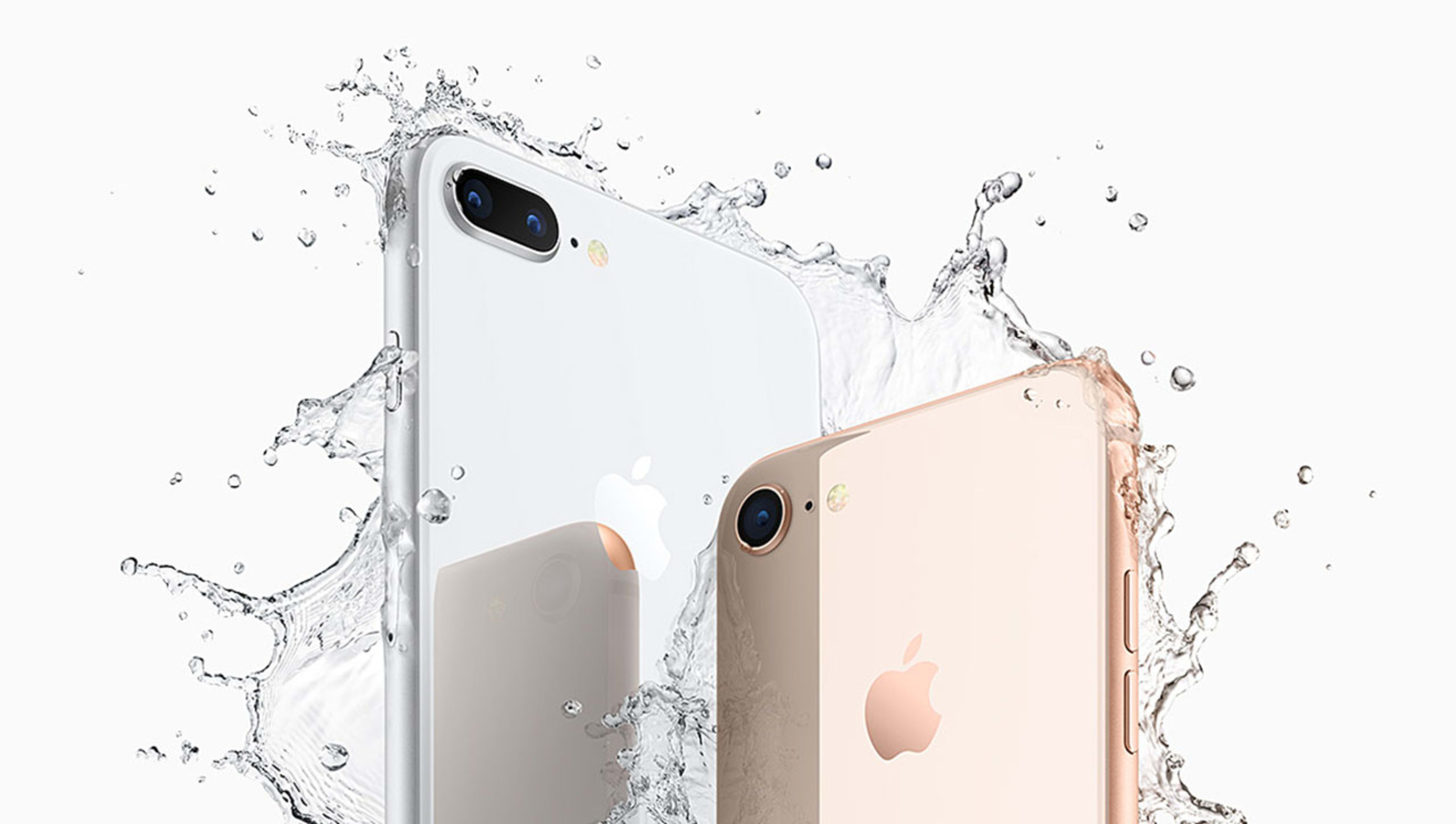Apple Tuesday announced the iPhone 8 and iPhone 8 Plus, the successor phones to last year’s iPhone 7 and iPhone 7 Plus.
The new phones are visually similar in size to their predecessors, though Apple says it has reinforced the glass to make it the most durable ever used on a phone. The iPhone 8 has a screen size of 4.7 inches while the iPhone 8 Plus has a 5.5-inch screen.
Both phones also support wireless charging through the Qi standard. This allows the iPhone to charge by lying flat on charging mats from vendors like Mophie and Belkin.
The iPhone 8 and 8 Plus come with some notable under-the-hood improvements. Both phones use a new “A11 Bionic” chip that’s 25% to 70% faster than its predecessor based on scenario, and boosts graphics performance by 30% at half the power.
The new phones use the same LED displays as the iPhone 7 line, but Apple adds in its TrueTone technology (already used in the iPad), which automatically adjusts the white level and brightness of the screen based on the lighting conditions around the device. The phones’ stereo speakers are also 27% louder than those of the Phone 7.
As for cameras, the iPhone 8 and 8 Plus still have 12-megapixel shooters, but Apple has improved the sensors to let in 83% more light. And while dual cameras are still exclusive to the Plus models, Apple has added optical image stabilization to the standard iPhone 8. Video now supports 1080p resolution at up to 240 frames per second, and Apple says the cameras are calibrated for augmented reality.
The new phones run the new iOS 11 operating system. (See our overview.)

Is It Enough?
Since the launch of the iPhone 6 line in 2015, which sported larger displays than earlier models, Apple’s phones have not had the same blockbuster power. Neither the iPhone 6s line, nor the iPhone 7 seemed to pack enough features needed to compel many users to upgrade. (The iPhone 7 Plus was the exception, because it added dual cameras–an innovation that seemed to be reflected in surprisingly strong sales.)
The new iPhone 8 line is launched in the shadow of Apple’s tenth anniversary iPhone X, which packs a lot of new features. The iPhone 8 costs significantly less, but the big question is whether it packs enough new functionality to get iPhone buyers to forget about the high-end phone and upgrade from their old iPhone.
The iPhone 8 starts at $699 for the 64GB model–that’s $50 more than the iPhone 7, but with twice the base storage–while the iPhone 8 Plus starts at $799. The phones are available in black, silver, or gold. Preorders will begin on September 15, and the new iPhones will ship on September 22.
Recognize your brand’s excellence by applying to this year’s Brands That Matter Awards before the final deadline, June 7.
Sign up for Brands That Matter notifications here.
